
The Bible is one of the most well known books on the planet. You would be hard pressed to find many who have never heard of it before. It has helped shape modern culture in more ways than you may know and its impact on society is irrefutable. The bible has been translated and published countless times throughout history. Luckily, some of the most important and oldest versions have been recovered and preserved for our modern day analysis. The following are the 10 oldest bibles still preserved today.
The history of the Bible is certainly a fascinating one. As you read on, you will see how and why the Bible was revised so many times. There have been innumerable studies and research done on the Book, its writers, translators, and versions. Here you will find the 10 oldest Bibles in existence, all which have been analyzed by scholars and historians for centuries.
The List of the 10 Oldest Bibles Preserved Today
10. The Bishop’s Bible
Publish Date: 1568
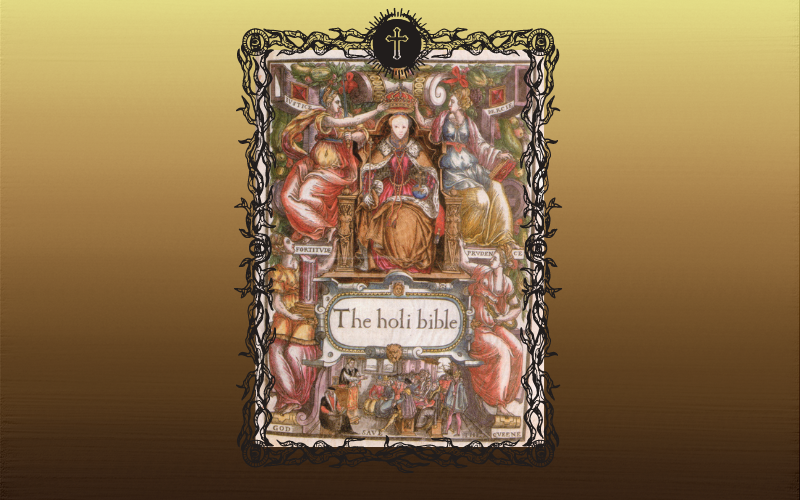
Language: English
Writer: Church of English Bishops
Publish Date: 1568
The Bishop’s Bible was an important version of the Book because it began moving the English to become Bible reading people. The revisers focused on writing in a form of the language that the common person could understand. While this book has been not been judged favorably through history, it is important to note that the Bishop’s Bible served as the foundation of the King James Bible, which would become the de facto standard of the Church of England.
In an attempt to fix the objectionable Geneva translation content, the clergy would circulate one of their own versions, known as the “Bishops’ Bible”. The Calvinism of the Geneva Bible offended the high-church party of the Church of England, specifically in the marginal notes. While Calvin’s theology was very much in line with that of the mainstream English clergy, they did not approve of his prescribed church structure, which would be governed by lay elders rather than bishops. The book would be published in 1568.
9. The Geneva Bible
Publish Date: 1560
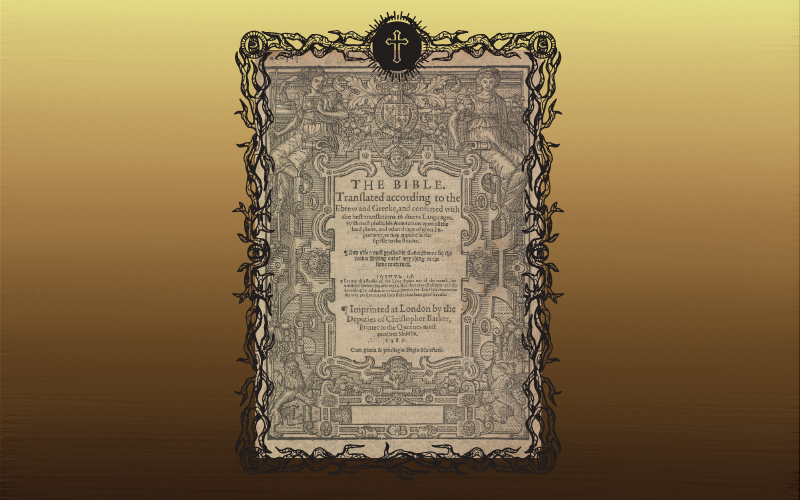
Language: English
Writer: William Tyndale & Myles Coverdale
Publish Date: 1560
The Geneva Bible is one of the most historically significant English Bible translations and the primary Bible of Protestantism in the 16th century. It was the first mass-produced Bible made available directly to the general public. This version of the Bible came about after a number of Protestant scholars fled from England to Geneva, Switzerland during the reign of Queen Mary I of England during the mid 1500’s. John Calvin would serve as the religious leader of this group and his scholars would be directly responsible for the Geneva Bible translation.
The annotations of the Geneva Bible were Calvinist and Puritan in character. These annotations were disliked so much by the rulers of the Church and State, they would lead to the creation of the King James Bible as-well-as the Bishops’ Bible and the Rheims–Douai edition by the Catholic church. However, irrespective of these revisions, the Geneva Bible remained popular among Puritans and stayed in widespread use until after the English Civil War.
8. The Great Bible
Publish Date: 1539
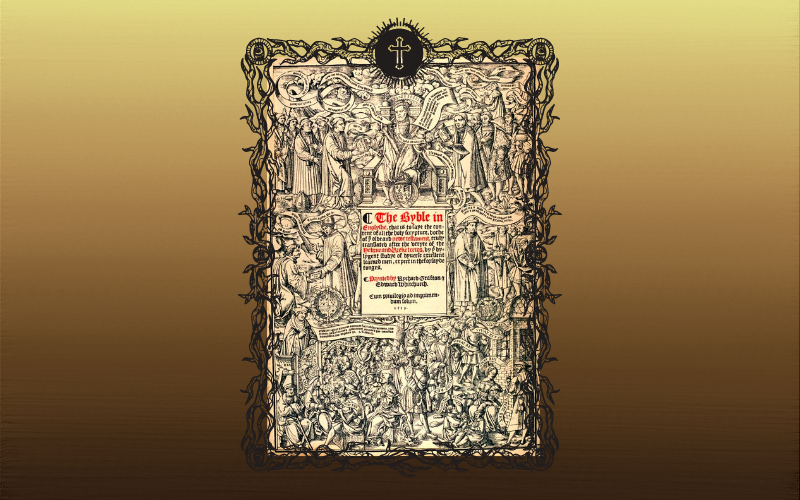
Language: English
Writer: Myles Coverdale
Publish Date: 1539
The Great Bible of 1539 was the first authorized edition of the Bible in English. It was authorized by King Henry VIII of England to be used for the church services of the Church of England. The Great Bible was prepared by Myles Coverdale, working under commission of Thomas, Lord Cromwell. The basis for the Great Bible is the Tyndale Bible, with the objectionable parts edited. The remaining books of the Old Testament and Apocrypha were added using the Latin Vulgate and German translations.
The Tyndale Bible, and the English version of the Pentateuch were banned by royal proclamation in 1530 for using unacceptable vocabulary and appended notes. King Henry would authorize a catholic scholar prepared English Bible, with Thomas Cranmer attempting the project using ten diocesan bishops, but most would fail to deliver their draft portions. Growing impatient, the King would authorize Cromwell for the Mathew Bible in 1537. Henry VIII would eventually prohibit the use of everything but the Great Bible.
Read More Fun Facts
Learn more fun facts with Trivia Mastermind content.
7. The Coverdale Bible
Publish Date: 1535
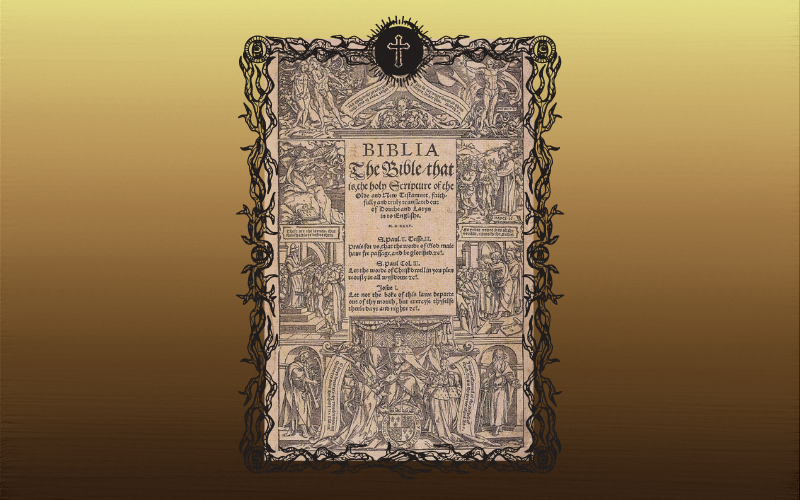
Language: English
Writer: Myles Coverdale
Publish Date: 1535
The Coverdale Bible was published in 1535. It was the first complete Modern English translation of the Bible. In 1537 the folio edition would be the first officially approved Bible translation in English. Coverdale based his New Testament on the Tyndale Bible translation and for the Old Testament, he used Tyndale’s Pentateuch. He would also translate the remaining books of the Old Testament and the Apocrypha from Hebrew, Aramaic, and Greek himself.
The place of publication of the 1535 edition was long disputed, until the printer was identified in 1997 as Merten de Keyser, in Antwerp. The publication was partly financed by Jacobus van Meteren and Leonard Ortels. Coverdale would also be involved in the preparation of the Great Bible of 1539, but the Coverdale Bible remained, and continued to be reprinted.
6. The Leningrad Codex
Publish Date: 1008
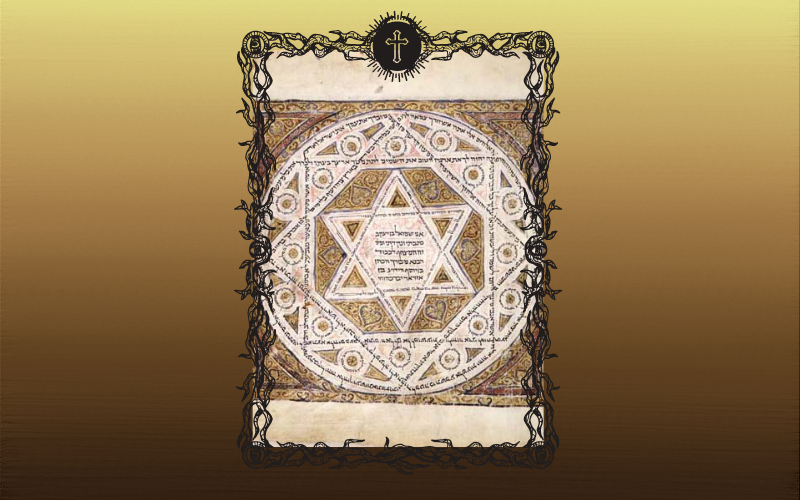
Language: Hebrew
Writer: Samuel ben Jacob
Publish Date: 1008
The Leningrad Codex is the oldest complete manuscript of the Hebrew Bible in Hebrew using Tiberian vocalization and the Masoretic Text. The codex was copied in Cairo from manuscripts written by Aaron ben Moses ben Asher in 1008 according to an excerpt in the codex, although there is no evidence that Asher ever saw it. It has also been suggested that the Leningrad Codex was possibly corrected against the Aleppo Codex. The Leningrad Codex is the oldest complete codex of the Tiberian mesorah that remains intact today.
In modern times, the Leningrad Codex remains significant. It serves as the Hebrew text in the reproduced Biblia Hebraica, Biblia Hebraica Stuttgartensia, and Biblia Hebraica Quinta. It also serves as a primary source for the missing parts of the Aleppo Codex. The codex is now preserved in the National Library of Russia. The former owner and collector Abraham Firkovich, left no indication in his writings where he had acquired the codex.
5. The Aleppo Codex
Publish Date: 930
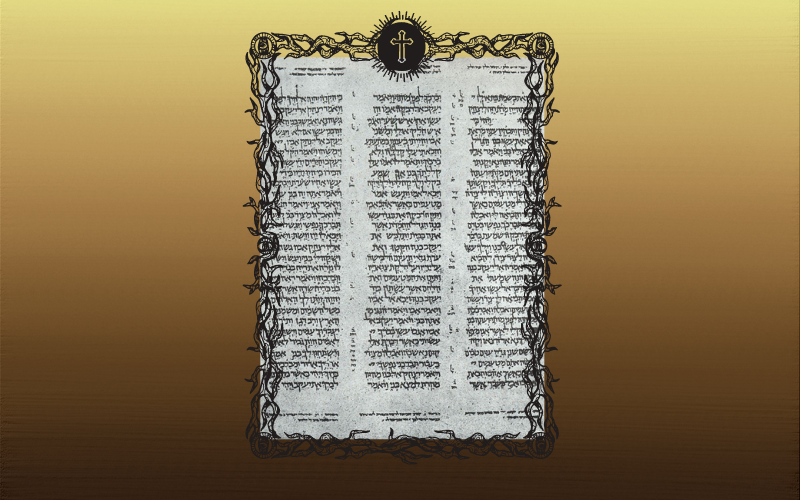
Language: Hebrew
Writer: Masoretes
Publish Date: 930
The Aleppo Codex is a medieval bound manuscript of the Hebrew Bible, written in the city of Tiberias in 920 under the rule of the Abbasid Caliphate. It was endorsed for its accuracy by Maimonides and contains the Ben-Asher masoretic tradition, together with the Leningrad Codex. The codex was kept for five centuries in the Central Synagogue of Aleppo, until the synagogue was set on fire during anti-Jewish riots in 1947. It would resurface in Israel in 1958 with roughly 40% of the manuscript missing, and only two leaves having been recovered since then. The portion of the codex that is accounted for is housed in the Shrine of the Book at the Israel Museum.
In 1909, Crusaders would conquer Jerusalem and the synagogue was plundered. The codex was held for a high ransom and would be purchased by the Karaite Jewish community of Jerusalem. It was first preserved at the Karaite, then later at the Rabbanite synagogue in Old Cairo. The Codex would remain in Syria for nearly six hundred years until 1947, when rioters burned down the synagogue where it was kept. The Codex would disappear, but then reemerge in 1958, smuggled into Israel by Murad Faham.
Play Trivia!
Challenge yourself and play trivia questions with answers and explanations.
4. Codex Ephraemi Rescriptus
Publish Date: 460
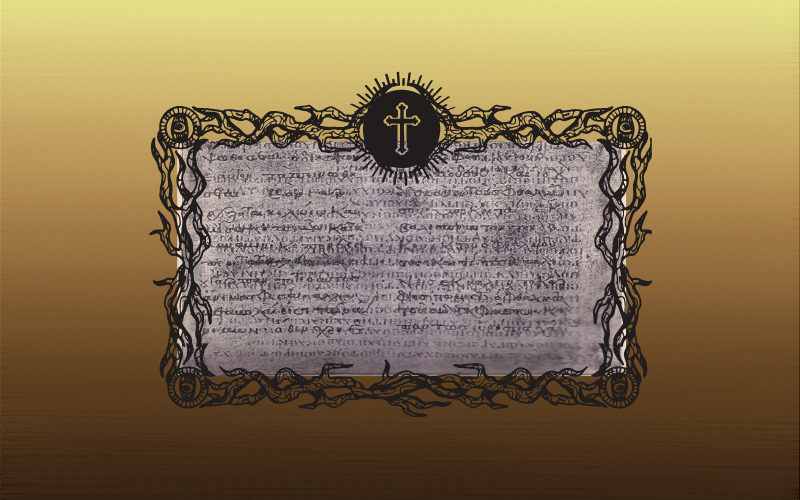
Codex Ephraemi: Section
Language: Greek
Writer: Unknown
Publish Date: 460
Codex Ephraemi Rescriptus’ place of origin is unknown, with some tentatively suggesting Egypt. It has also been proposed that the manuscript was produced in 460 by individual scribes, one for the Old and one for the New Testament, with subsequent research indicating there may have been a third. The text has been corrected by three correctors. The codex was subsequently washed of its text and had the pages scrapped to be reused in the twelfth century.
The previous writings were first noticed by Pierre Allix, a Protestant pastor. Jean Boivin, supervisor of the Royal Library, made the first extracts of various readings of the codex to Ludolph Küster. In 1834–1835 potassium ferricyanide was used to bring out faded ink of the previously written texts. The codex was brought to the owner Cardinal Niccolo Ridolpho in Florence after the fall of Constantinople in 1453. After his death, it was likely purchased by Italian military leader Piero Strozzi for Catherine de’ Medici, who would bring it to France as part of her dowry. It would eventually be rebound in 1602 and come to rest in the Bibliothèque nationale de France, Paris.
3. Codex Alexandrinus
Publish Date: Approximately 400-440 AD
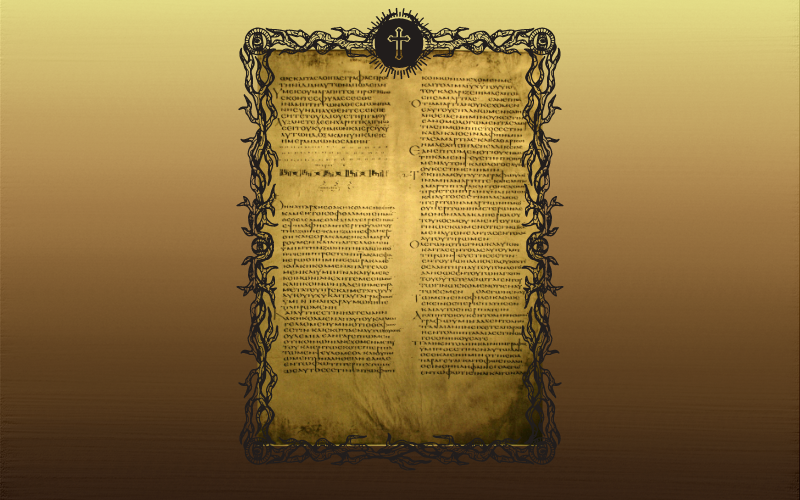
Language: Greek
Writer: Unknown
Publish Date: Approximately 400-440 AD
The Codex Alexandrinus is a fifth century manuscript of the Greek Bible written on parchment. It is one of the earliest and most complete manuscripts of 2the Bible and contains most of the Greek Old and New Testament. It is one of the four Great uncial codices, which are manuscripts that originally contained the whole Old and New Testaments. According to an Arabic note on the reverse of the first volume of the manuscript, the manuscript was written by Thecla, a notable lady of Egypt and a martyr.
The Codex Alexandrinus rested for a number of years in Alexandria, Egypt, before it was brought to Constantinople by the Eastern Orthodox Patriarch Cyril Lucaris and eventually given to Charles I of England in the 17th century. Today, it resides in one of the showcases in the Sir John Ritblat Gallery of the British Library in London, U.K. It was the first manuscript of great importance that was used extensively by textual critics.
2. Codex Sinaiticus
Publish Date: Approximately 330-360 AD
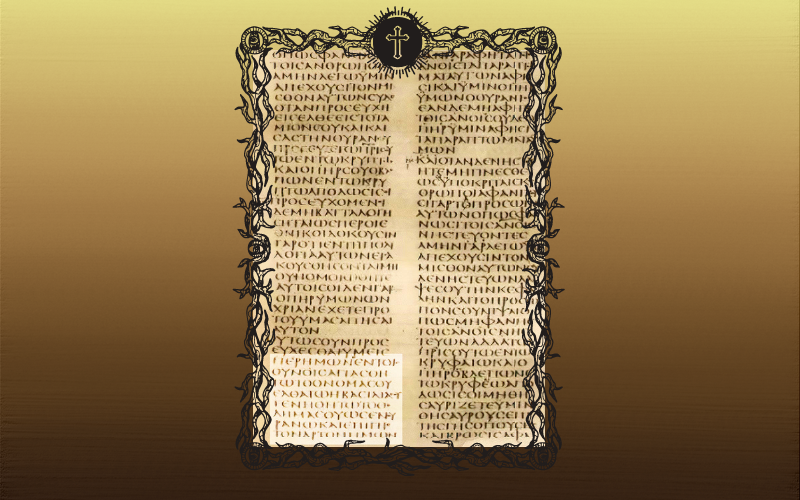
Language: Greek
Writer: Unknown
Publish Date: Approximately 330-360 AD
The Codex Sinaiticus is a fourth-century Christian manuscript containing the majority of the Greek Old and New Testament written on parchment. It is one of the four great uncial codices, one of the earliest and most complete manuscripts of the Bible, and contains the oldest complete copy of the New Testament. It is considered a historical treasure. Study of the Codex Sinaiticus has proven to be useful in critical studies of the biblical text for scholars. It is one of the most important Greek texts of the New Testament.
The Codex Sinaiticus had come to the attention of scholars in the 19th century at Saint Catherine’s Monastery in the Sinai Peninsula. Little is known of the manuscript’s early history, but it is believed to have been written in Rome, Egypt or Palestine. New material would be discovered in the 20th as-well-as the 21st centuries. Most of the manuscript is held today in the British Library in London, where it is on public display, although parts of the codex are scattered across four libraries around the world.
1. Codex Vaticanus
Publish Date: Approximately 300-305 AD
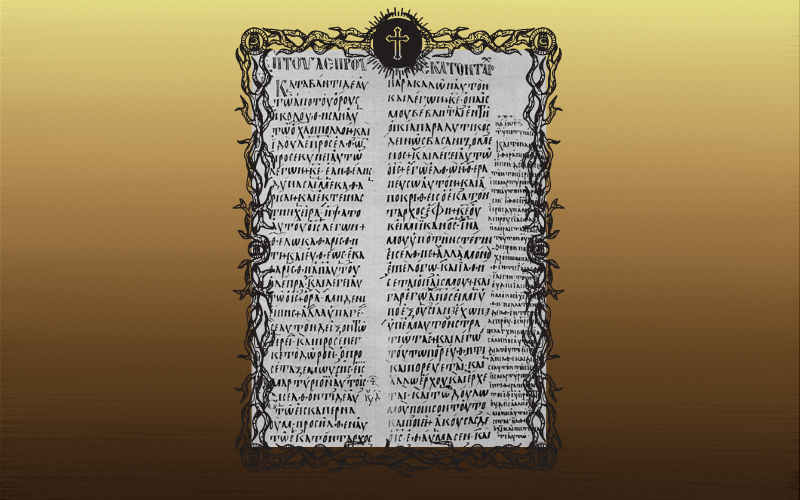
Language: Greek
Writer: Unknown
Publish Date: Approximately 300-305 AD
The Codex Vaticanus is a fourth-century Christian manuscript containing the majority of the Greek Old and New Testament. It is one of the four great uncial codices, one of the earliest, and one of the most complete manuscripts of the Bible. Western scholars had come to know about the manuscript as a result of correspondences between Erasmus and the prefects of the Vatican Library. Several scholars attempted to collate portions of the codex, but numerous errors were made during the process. When transcriptions of the full codex were completed in the 19th century, scholars would become aware of its value.
The Codex Vaticanus is considered to be one of the most important Greek witnesses to the Greek text of the New Testament by most current scholars. It was used extensively in 1881 by Westcott and Hort in the New Testament in Original Greek. Most widely sold editions of the Greek New Testament are based on the text of the Codex Vaticanus as it is considered to be the oldest extant copies of the Bible. The Codex has been is conserved in the Vatican Library since the 15th century.
Read More Fun Facts
Learn more fun facts with Trivia Mastermind content.
Play Trivia!
Challenge yourself and play trivia questions with answers and explanations.


